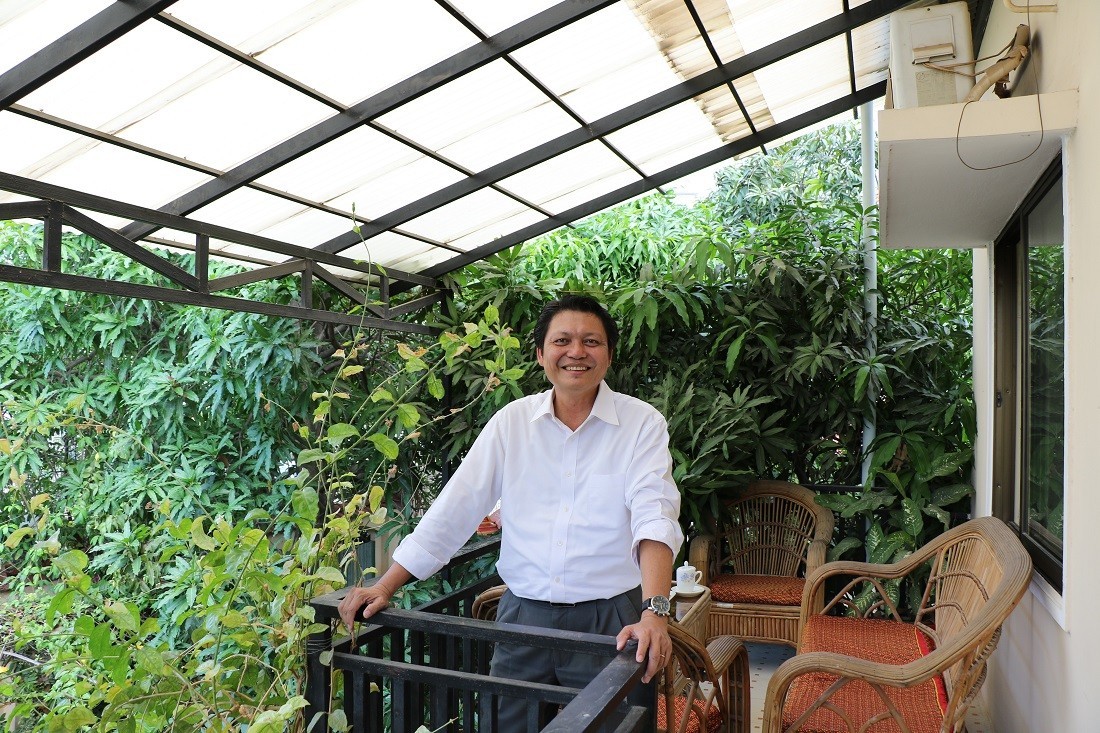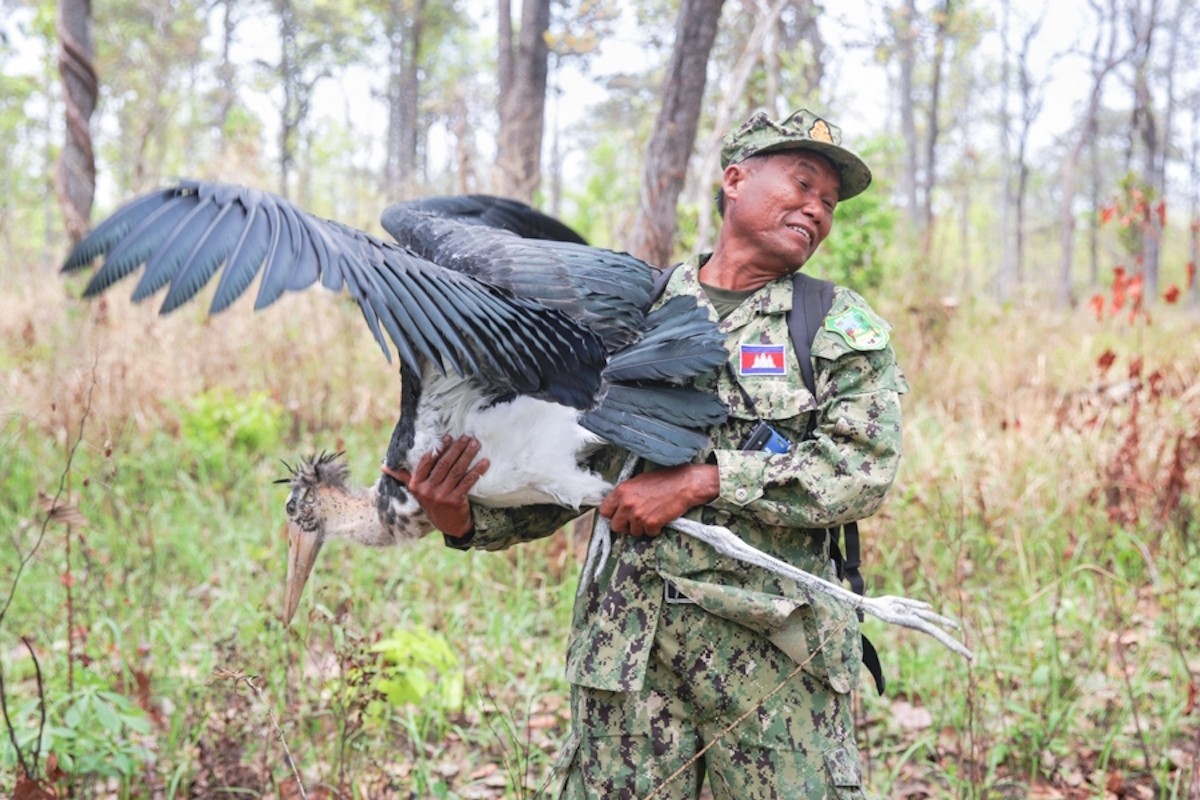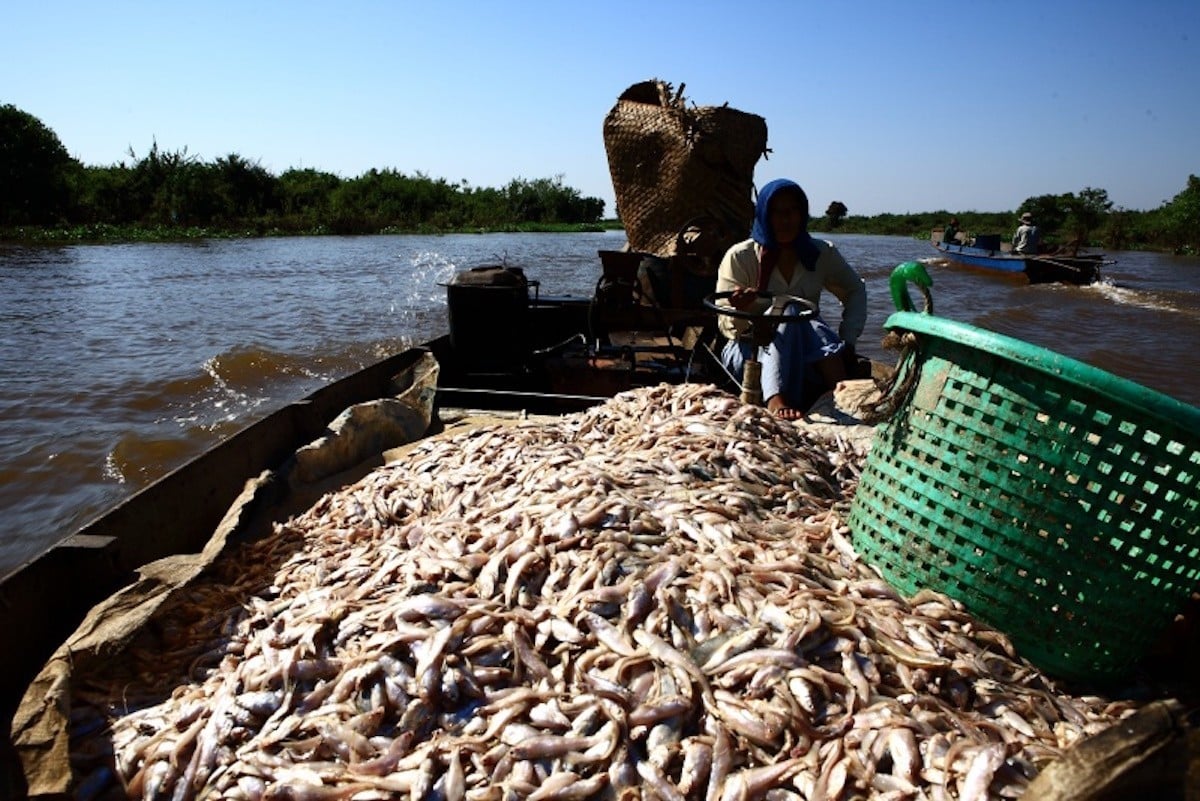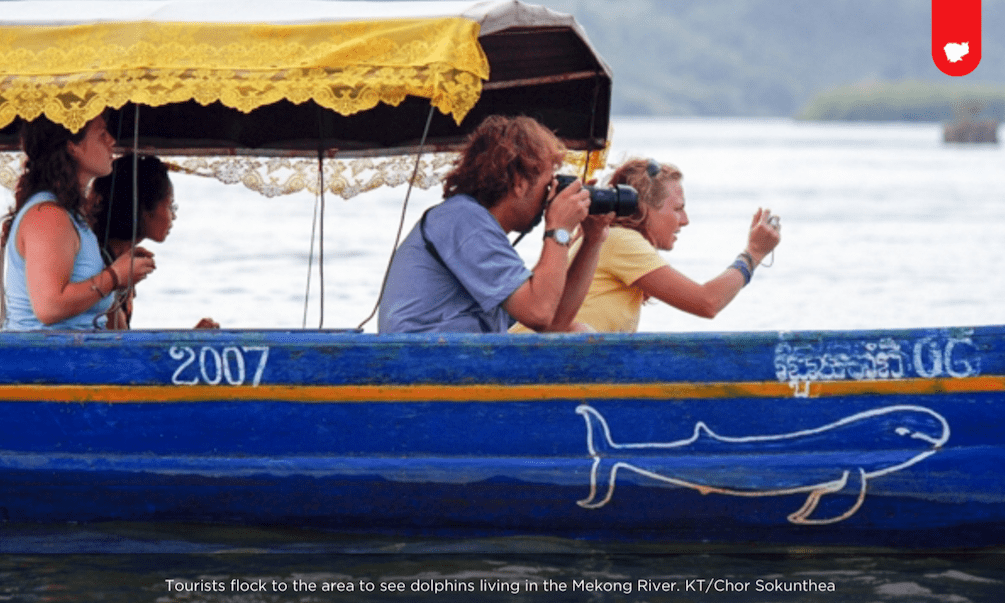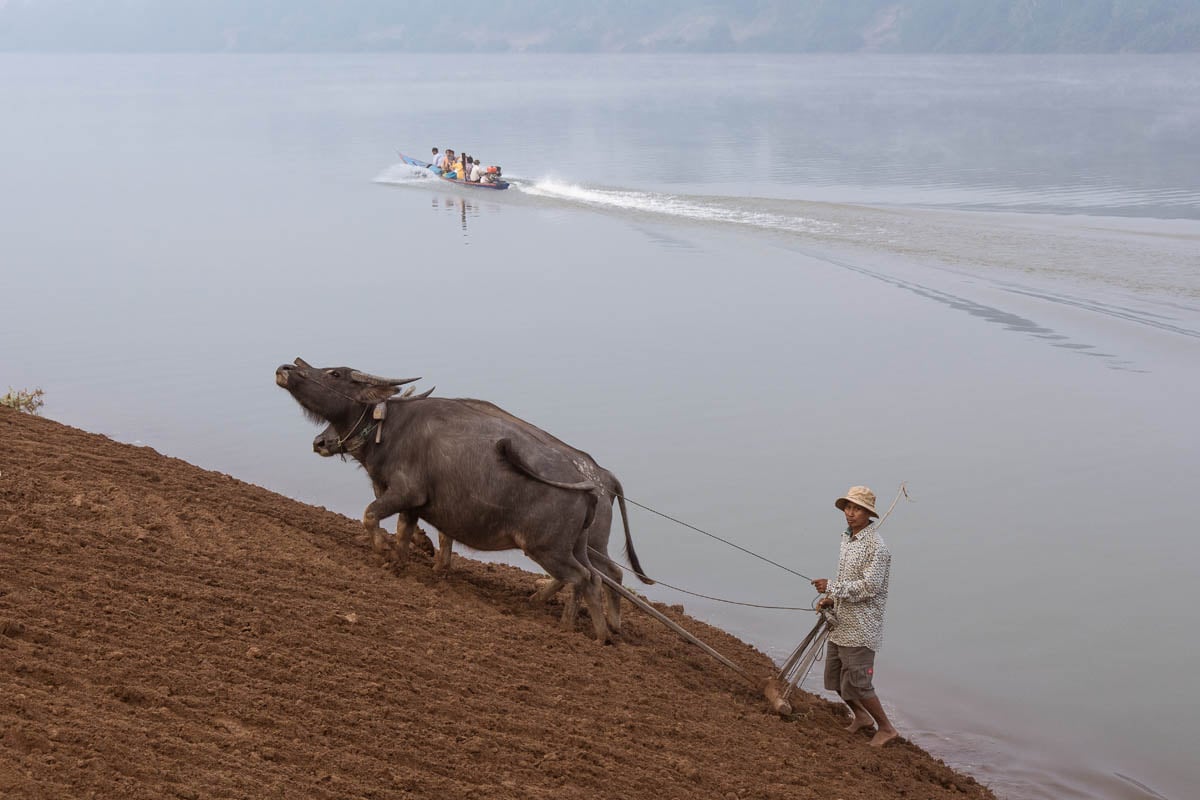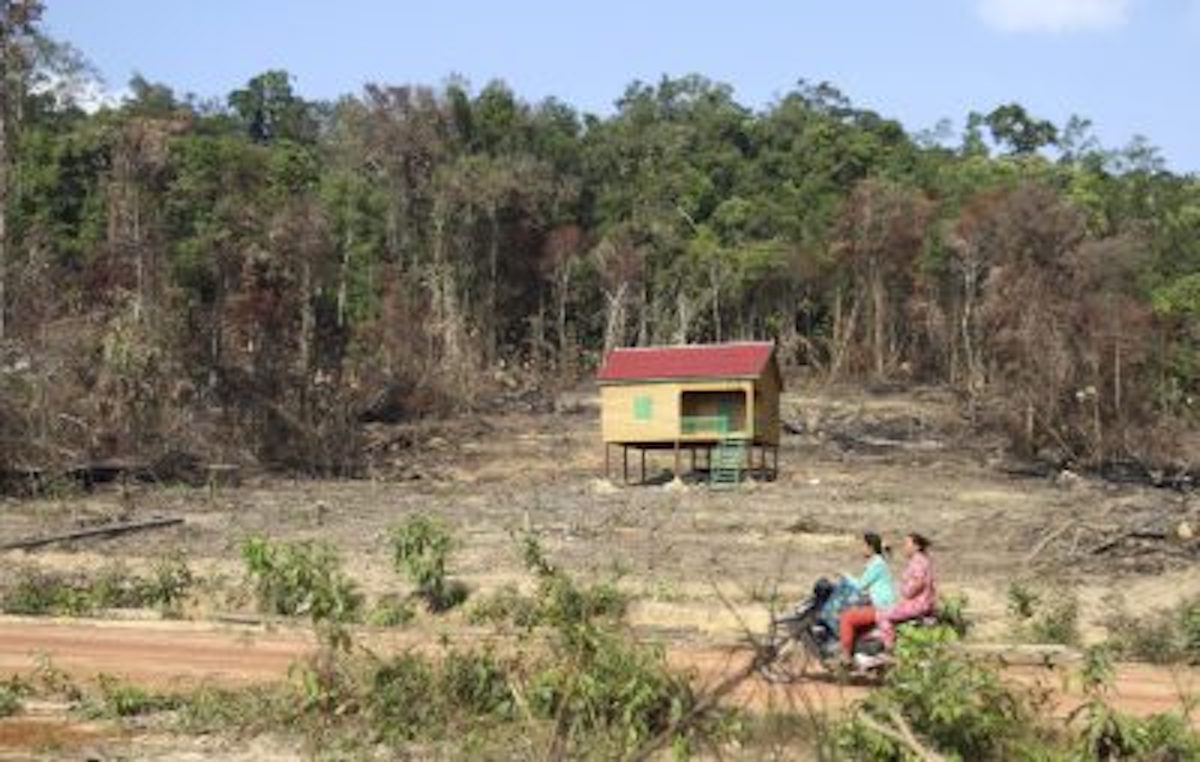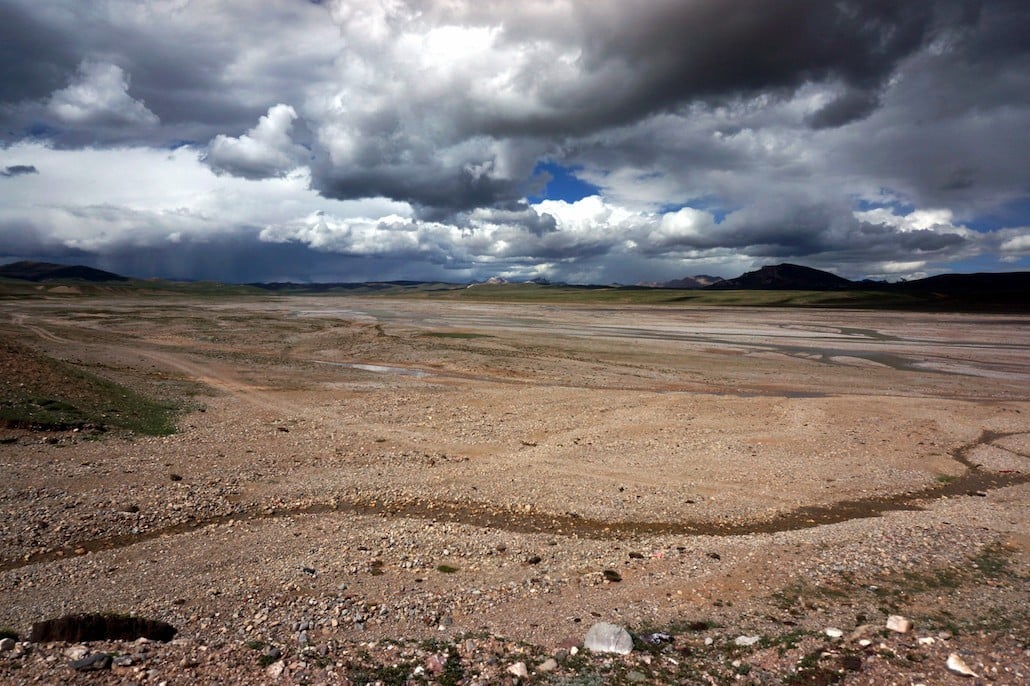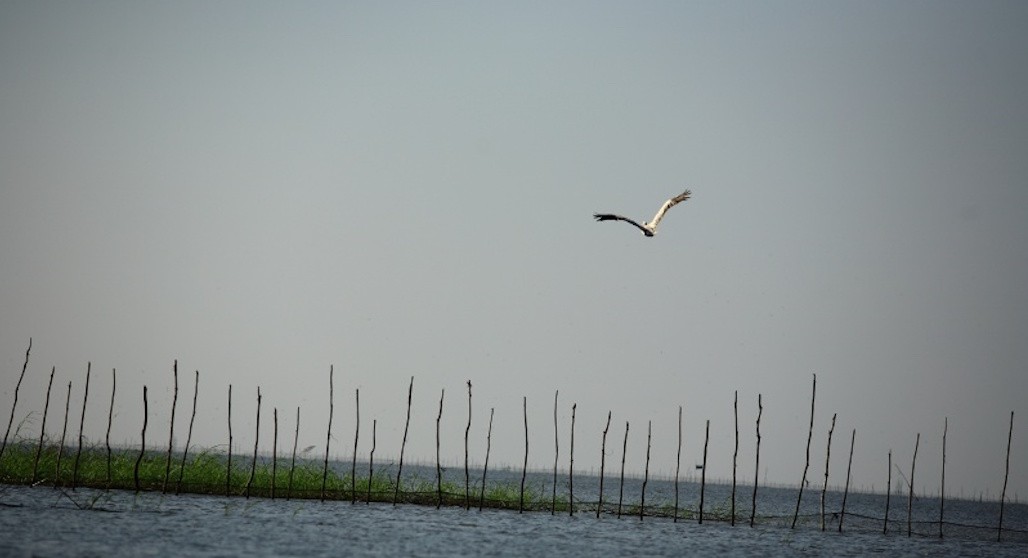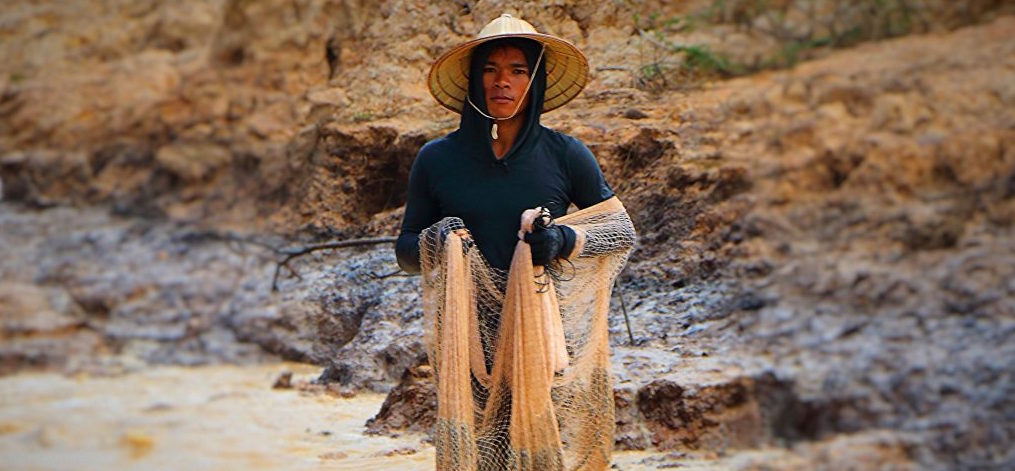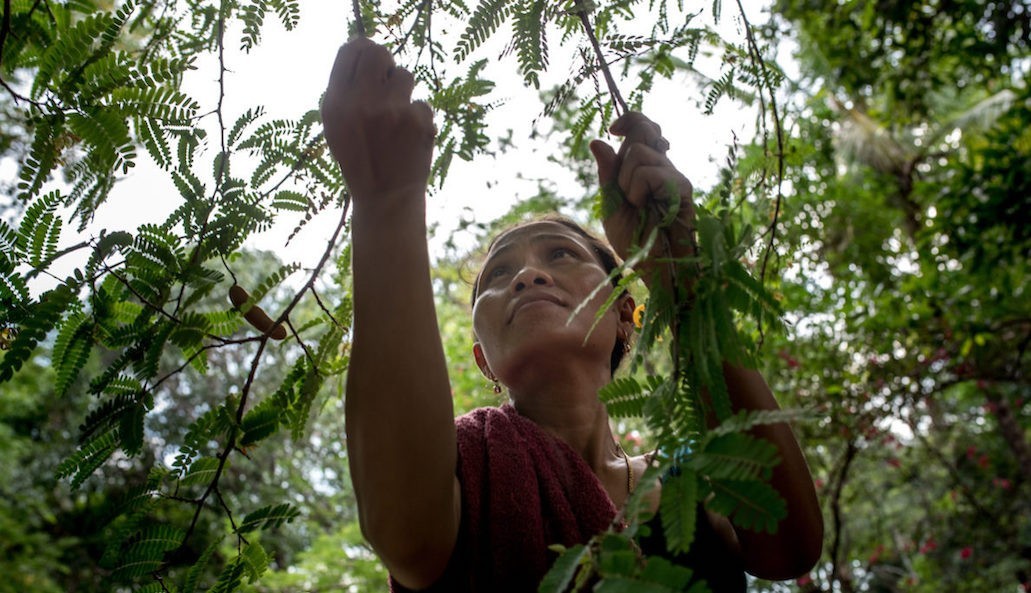While ELCs do have some positive impacts, like employment opportunities, new technologies, access to health and improved infrastructure, the negative impacts outweigh these and local communities as well as forest and wildlife are threatened by loss of land, culture and traditions.
Category: Cambodia
Protected birds come under threat
A protected bird species has come under renewed threat after land-grabbers invaded Preah Vihear province’s Kulen Promtep Wildlife Sanctuary and destroyed their habitat.
Enormous Fish Make One of the World’s Largest Migrations
Billions of fish make an annual trek through the rivers of Southeast Asia, supporting millions of people. Yet scientists still don’t know much about them.
Dam blamed as dolphins vanish
The last remaining Irrawaddy dolphins have stopped coming to a stretch of the Mekong river in Preah Rumkel commune due to the Don Sahong hydropower dam in nearby Laos, locals have warned.
Cambodia’s Sambor Dam Plans Causes Controversy as Public Left in the Dark
The Cambodian government has signaled its commitment to the hydroelectric project, but little information has been made available.
Elites are threatening Cambodia’s forests
Large-scale plantations have resulted in Cambodia exhibiting one of the world’s highest rates of deforestation. The major driver of forest policy during the 1990s, and now, concerns elites who deploy the state to manage and exploit Cambodia’s natural resources.
Source of Mekong, Yellow and Yangtze rivers drying up
National park could help save the headwaters of the Tibetan plateau that are evaporating because of climate change, says Chinese geologist Yang Yong
The Bird’s Eye View: What Endangered Birds Tell Us About the Risks of Mekong Development
The Thai government started 2017 announcing another major commitment to transportation expansion: US$25 billion to finance futuristic high-speed trains, super highways and expanded sea and airports. Far less glitzy but immediately controversial, however, was one of its final transportation acts of 2016: preparing to restart, after 13 years, rapid blasting and river channelization to clear the Mekong River for navigation just below its arrival from Myanmar.
New study shows significant impact of Chinese dams on Mekong
Large dams on the Mekong River in China’s Yunnan Province have considerable impacts on downstream river flows, new research by myself and colleagues at Aalto University in Finland and published recently in the Journal of Hydropower has shown.
Before the Flood: can the Bunong culture survive Cambodia’s Sesan II dam?
At a time when much of Cambodia is developing at a breakneck speed, where smartphones and BMWs have become almost as ubiquitous on the streets of Phnom Penh as saffron-robed monks, the village of Kbal Romeas inhabits a world apart. Tucked deep into the jungles of the country’s untamed northeast, the village has no convenience stores, streetlights, or paved roads. Instead, a visitor would be more likely to find a stretched snakeskin nailed to a piece of teak, drying in the midday sun as a testament to the animist beliefs of the people who live there.


